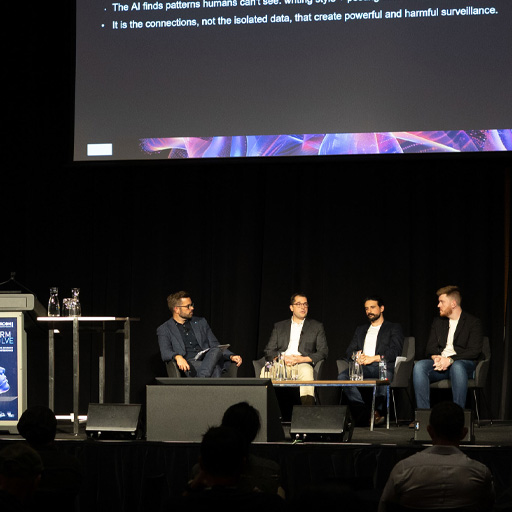History
The attention of consumers has always been an arms race. Historically you needed the biggest papyrus on the wall in the forum, or TV spots, or billboards, or postal campaigns to reach consumers – a prohibitively costly exercise for most. This saw a concentration of high-value and (hopefully) well produced advertising. It was designed to not be objectionable (even if irrelevant), and though a broadcast, it was easy to behaviourally avoid on TV or cognitively ignore if traditional print. We all made peace with it and got on with our lives.
Change
The early days of digital were not much of a departure with banner ads and the like just digital facsimiles of the analogue world. Then the ubiquity of email and spam saga that lead to ‘peak spam’ being 80% of email traffic saw filters come into play and legislation passed to relegate much of the deluge. With Google and growing importance of search, we saw an increase in sophistication of targeting and that trend’s continued to our current place with search, social media, and (still) email accounting for a lot of the 5000 views of marketing material we see each day. It’s been a race towards finding a sweet-spot of invasiveness; enough to get the maximum relevant eyeballs, but not so creepy as to be actively avoided.
Same Old New Problems
Content Marketing is the mechanism of the moment – a way to offer perceived value in exchange for your attention. If you get it right, you get genuine engagement.
So, marketing teams now have a route to build engagement, and costs are lower than historic means to get that same level of engagement. Of course, they showed restraint and concentrated on investing into more thoughtful and compelling pieces, putting out higher quality to capture the popular imagination and add value to the lives of their audience.
Kidding. They’ve taken the opportunity and invented ‘spam 2.0’ by other means – means not as easily avoided. Clickbait content, lead magnets, the promise of The Ultimate 8 Things List to solve all your problems. You won’t believe what happened next though…

Fig.1. White noise.
Fuzzy Messaging Coming Into Focus
This growing sophistication of digital marketing and the prevalence and affordability of tools to increase reach exponentially has translated to mass adoption. The supply of these tools to those traditionally not able to access advertising platforms has exacerbated the white noise with a surge in total volume. Ironically, this democratising of content creation and distribution has lead is leading to smaller organisations being able to really ‘niche down’. These agile marketing efforts are able to focus on what Kelly, Kerr and Drennan consider to be the antecedents of true engagement; relevance, cut through, authenticity, brand self-congruency, rewards, time, and social outcomes. When all you do is put out content and build a community around horse-shaped gifts you know you have a dedicated audience unlikely to be looking elsewhere. This draws on true consumer empowerment, specifically Aggregation and Self-Liberation as Power, where forums and the company combine on SNS to create content. Understanding that members of these content audiences are looking for belonging and socialisation, and a welcome diversion from the every day.

Fig.2. The Internet – Something for Everyone…
Now & Future
Marketers have flooded audiences with content, but consumers are getting smarter and opting out through mechanical avoidance mechanisms like ad blockers and tools like unroll.me that unsubscribe from all selected mailing lists to which a person belongs. We’ve reached a saturation point where content is so freely available, that it’s become far less useful because of the unwieldly volume. What consumers are demanding now is specificity and value.
Data privacy is coming more into focus with large, public breaches and debacles of recent times, the masses are dissatisfied. Like the CAN-SPAM Act of 2003 that addressed a real problem when we all agreed the world probably had enough Viagra®, we’re now seeing measures like the GDPR start to become law. This will hopefully clean the signal by giving users back power to decide on what they want to receive and forcing marketers to play ball by only serving up high(er) quality and more relevant content to retain their base. It’s in the best interests of marketers to keep this feed clean too. An irrelevant audience by definition won’t be engaging. If you can really understand the true avatar for your audience, you can build content that is synchronous and creates a positive feedback loop, magnifying your messaging. To pierce the veil of mediocre content you need recognition of authority and expertise, and to offer true value, not simply; MORE!

Fig.3. To bastardise Groucho Marx; “The most important thing is authenticity. If you can fake that, you’ve got it made.”








